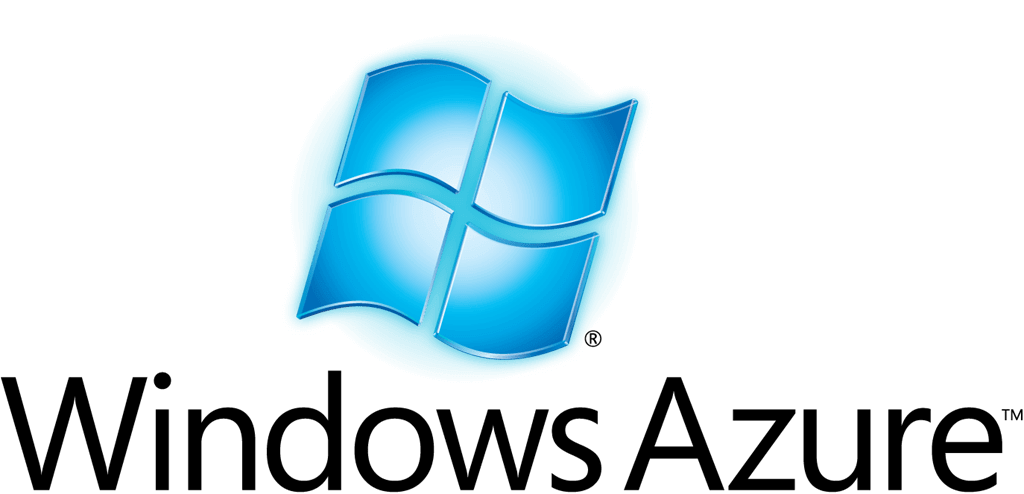Microsoft drops some Windows Azure Secrets

Microsoft has announced that it has joined the Open Compute Project (OCP) and plans to share some of its Windows Azure datacenter designs as part of that effort.
The announcement was delivered as part of a morning keynote address at the OCP Summit, being held this week in San Jose, Calif. Microsoft will be contributing its “cloud server specification” to the OCP, according to Bill Laing, Microsoft corporate vice president of Windows Server and System Center Group Development. He described that specification as “the designs for the most advanced server hardware in Microsoft datacenters delivering global cloud services like Windows Azure, Office 365, Bing and others.”
The first release as part of Microsoft’s OCP efforts is an open source Chassis Manager software specification, which outlines power supply and fan details. The specs are available now at the GitHub repository here.
Laing promised that Microsoft will be publishing design specifications that had resulted in “40 percent server cost savings, 15 percent power efficiency gains, and 50 percent reduction in deployment and service times,” along with environmental improvements. He described Microsoft as “the only global cloud provider to publicly release these server specifications through OCP.”
In joining the OCP, Laing said that Microsoft is aiming to “help build an open source software community” within that organization. The OCP is represented by a heavy Linux open source community element. An article published by The Wall Street Journal found some industry observers wondering what Microsoft could gain from joining it.
Microsoft of late has promoted interoperability with Linux, particularly though its Microsoft Open Technologies Inc. subsidiary.
Microsoft is unique in the industry in that they offer cloud platforms, such as Windows Azure, as well as the software infrastructure for enterprise customers and partners to build their own clouds. As a result, Microsoft can continually take technology and best practices from their public cloud offerings, and build them into their private cloud solutions. It’s a virtuous cycle that enables a consistent hybrid cloud platform – a Cloud OS – spanning Windows Azure, partner clouds and customer datacenters. That consistency gives customers more flexibility to move and manage enterprise applications across clouds, and more choice in the IT models that best fit their needs and budgets. Similarly, the Microsoft cloud server specification for OCP will help drive hardware innovation for cloud computing, which strengthens the Cloud OS vision to give customers a consistent platform for better IT efficiency and economics.
{loadposition content_starwind600}


